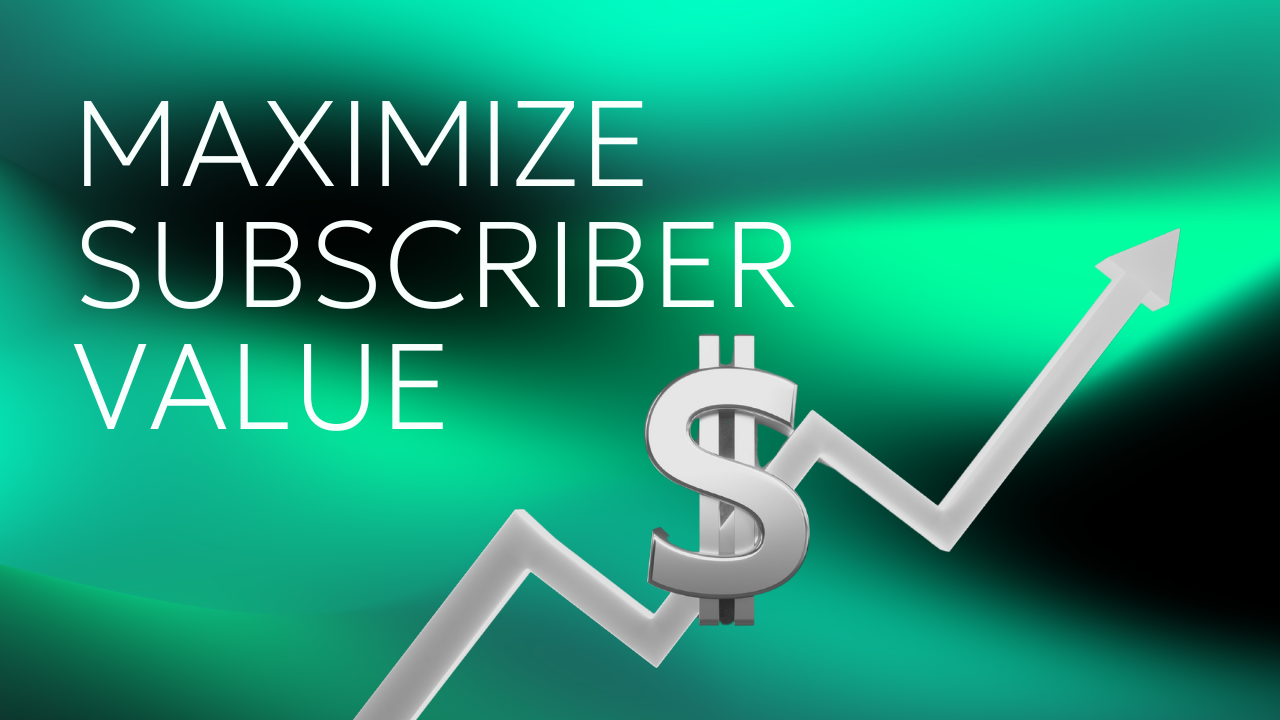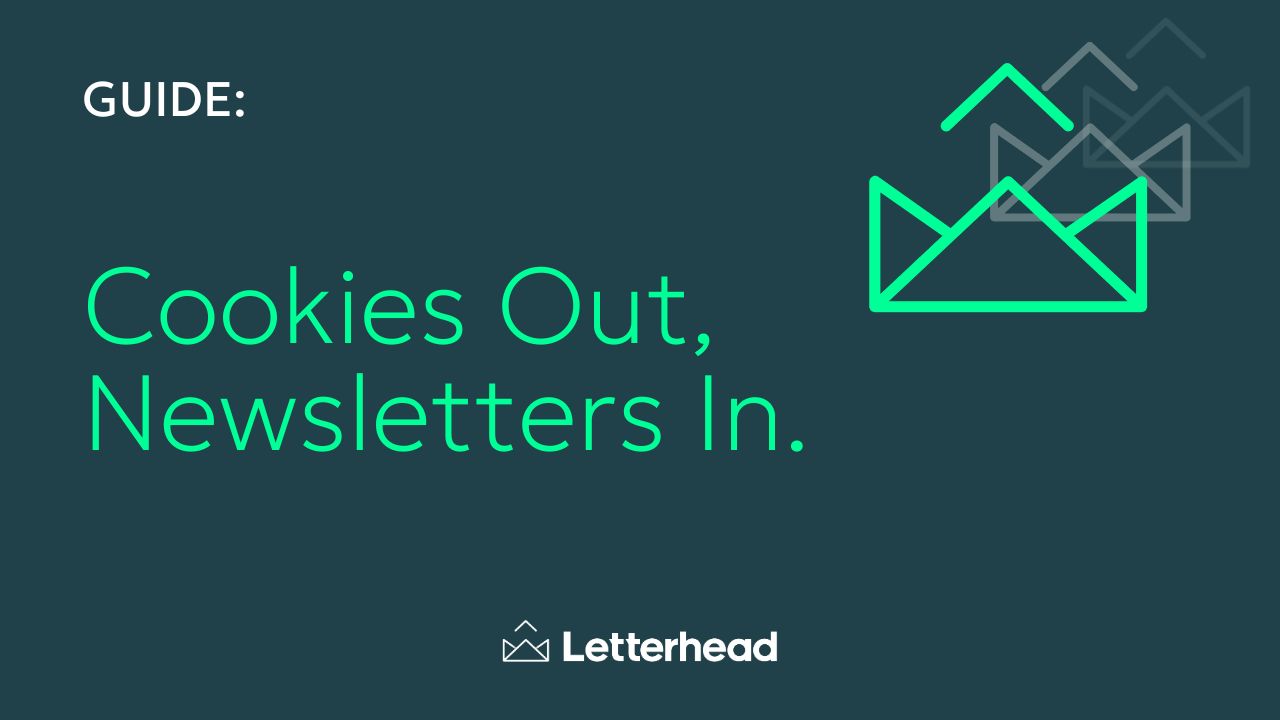An integrated marketing campaign leverages multiple channels to create a unified brand message. These campaigns are designed to raise awareness by consistently bringing their brand to the top of a consumer’s mind across several different mediums.
Whenever there’s a brand that seems to follow you around, you’re seeing an integrated marketing campaign. For example, you look at a new set of dumbbells on a website. Next thing you know, you’re seeing display ads for dumbbells show up on websites you visit and Facebook ads populating your feed.
Why Are Integrated Marketing Campaigns Effective?
There are plenty of reasons why companies go to great lengths to have their message show up on various platforms:
- Hit Various Audiences - Running an omnichannel campaign can help you find people you might miss on other channels. For example, people might miss your Super Bowl ad, but many will see it the next day on YouTube or on your website.
- Stay Top of Mind - It’s hard for your audience to forget about you if they see you a few times a day for a while.
- Appearance of Amplified Resources - While integrated marketing campaigns don’t need to be expensive, they appear to be that way. It gives your brand a big-name feel.
- Increase ROI - There’s the famous marketing principle that someone needs to be exposed to a brand seven times before they buy. It’s much easier to get to seven using various channels.
Perhaps one of the most successful integrated marketing campaigns of all time is the Cars movie franchise.
The three movies combined to earn about $1.4 billion in box office sales. However, merchandise sales have crossed well over $10 billion—and that figure is from 2011!
Of course, the marketing campaign started by creating a popular movie that kids loved. Then, they did an excellent job of getting their merchandising into (seemingly) every store with dozens of different types of products.
From wall decals to bedding to accessories to, of course, actual car toys, kids walked into stores and saw the merchandise everywhere. Then, Cars also collaborated with companies like State Farm and Goodyear.
All of that led to an incredible amount of exposure for a product that also lent itself perfectly to be loved by children.
Why a Newsletter Should Be Included in Integrated Marketing Campaigns
Note that we’re not talking about traditional email marketing—which almost all businesses are well aware of these days—which are usually more CTA-driven and pushy.
On the other hand, a newsletter is a content-first, industry-specific email that often gathers a loyal, engaged following.
Newsletters are an incredible way to build an audience that follows your brand at a very low cost.
Let’s dive into a few reasons why newsletters should be an essential part of your integrated marketing campaign.
Draw More Engagement Than Regular Emails
Across all industries, Campaign Monitor states that open rates are at 21.5%. However, open rates for good newsletters blow those numbers out of the water, often achieving 40% - 50% open rates.
Here are open rates for some larger newsletters:
Newsletters get such high open rates because they are content first. People know that an email from The Hustle isn’t going to be pushy or salesy, but rather filled with useful content in a niche they’re interested in.
Sure, they have ads, but subscribers see those as necessary for the newsletter to survive, and they’re easily skipped.
Highest ROI Channel
It’s an oft-cited statistic, but email marketing typically generates $42+ for every $1 spent. Whatever you’re doing with email now, it doesn’t cost you much to expand. You’ve probably already got an email service provider (ESP), so the cost is just your time to build the newsletter.
Long-Term Lead Nurture
Assuming that you have a business in place, you can (and should) have a firm strategy in place for pushing your brand-new leads through the customer journey.
But, what about the 90% of leads that aren’t ready to buy right now?
You could, of course, have a traditional nurture sequence, but those usually fizzle out after a week or two.
However, an engaging newsletter can keep those people interested for months, if not years, until they’re ready to move ahead with you.
Let’s say that you sell software to designers, but your email marketing is becoming less effective after a few weeks.
Now, what if you start sending a designer-specific newsletter intended to be a 100% helpful resource?
You curate the top news for designers. You share new strategies and tips for helpful design. You comment about new trends out there. You have polls, surveys, and quizzes.
Now, those designers have a resource that they can’t wait to open and read.
Newsletters Can Be Their Own Revenue Model
While the main goal of your newsletter is to generate revenue for your core products or services, a successful newsletter can open up plenty of other opportunities.
Here are a few ways that you can monetize your newsletter besides selling your products:
- Paid Subscriptions - This refers to gated content that can only be accessed for an extra $10 - $40 per month, depending on your niche.
- Advertising - Many popular daily newsletters (such as The Hustle) rely on advertising for their income. While your “advertisements” could be pitches to your own products, you can diversify your revenue by bringing in 3rd-party sponsors.
- Affiliate Marketing - Where it makes sense, you could sell products from other brands, especially ones that complement yours. The Newsette primarily earns income from ads and affiliate marketing, and it’s worth over $200 million.
- Sell it Off - If you grow well enough, it might make sense to sell your newsletter. The popular Morning Brew newsletter sold for $75 million back in 2020!
How Newsletters Fit Into an Integrated Marketing Campaign
No matter what your business is currently doing to market your products or services, there’s almost no scenario where a newsletter wouldn’t help supercharge those efforts.
Newsletters as the Hub
If you’re reading this article, it’s likely that you already have a business in place with some email marketing to promote it.
But now you’re considering adding (or improving) a newsletter to help drive long-term engagement.
One way that you’ll find newsletters useful is for directing your readers to your other pieces of content (AKA your other marketing channels).
Someone who finds you on Instagram may have no incentive to go seek you out on other channels. However, a newsletter does a great job of this.
For example, the Creator Spotlight newsletter does an excellent job of providing value but then also directing readers to their YouTube channel to watch the weekly interviews:
Of course, your website where you advertise your products will always be a hub for your business, but consider a newsletter as a secondary hub. It’s the best way for you to drive engagement across a number of platforms, giving life to your integrated marketing campaign without substantially upping our marketing spend.
Newsletters for Nurturing Leads
We already covered this above, but it’s worth mentioning again:
Traditional corporate-style emails do not keep attention for the long haul. They can be great at pushing leads along the sales process during those first few days, but then people lose interest.
Those same people are likely to have interest in your newsletter, engaging them for years to come. When they’re ready for your services, you’ll be their first choice.
Newsletters for Lead Generation
Most businesses spend good money to generate leads, especially in the B2B world. In some high-value niches, leads can easily cost $300+.
A newsletter can generate leads at a fraction of the cost. Of course, these likely won’t be ready-to-buy leads, but it’s still an opportunity to fill your pipeline with low-cost leads who are at least interested in the niche.
Newsletter creators can often generate leads for $3 or less. The owner of Catskill Crew generates new leads for under $0.50.
You can also think of it this way:
Some people will visit your site but won’t be interested in becoming a lead for your primary product or service (or purchasing on the spot, depending on your biz model). However, they might be okay with joining your newsletter if it’s appealing enough to them.
Most businesses shouldn’t rely on these newsletter leads to drive immediate business growth, but over time, it’s a tremendous way to keep future customers engaged now.
Newsletters as an Audience You Own
Most integrated marketing campaigns rely on algorithms or 3rd party platforms in order to reach their audience. Unfortunately, those can fail.
For example:
- Facebook could shut down your ads account or your Page.
- A Google algorithm could cut 90% of the traffic to your site (which happens all the time).
- YouTube could decide to take down your Channel.
And there are plenty of other examples.
However, your email list can’t be taken away. If one ESP happens to shut down your account, just take your list and go elsewhere. Your audience is just a database, emails in a list, a .csv file. You could print it out and keep it in a file if you wanted.
The point is it’s a more sure way to reach your audience than any other part of your integrated marketing campaign (except maybe a 1-1 phone call or text).
And as we’ve covered before, traditional emails don’t hold attention long. Start a newsletter, and you’re creating an audience who likes you, and you have 100% ownership of this list.
How to Set Up Newsletters in your Integrated Marketing Campaign
If you’re already running multi-channel marketing campaigns, you may be struggling to find the necessary resources to test and track them effectively. This may preclude you from even thinking about starting an effective newsletter.
That’s where Letterhead can help. Our AI-powered content aggregation tools can pull in content from your other platforms, helping you automate an integrated marketing campaign with a unified message.
Let’s chat about how we can help you build out newsletters that actually require less time than you’re spending now on content.


